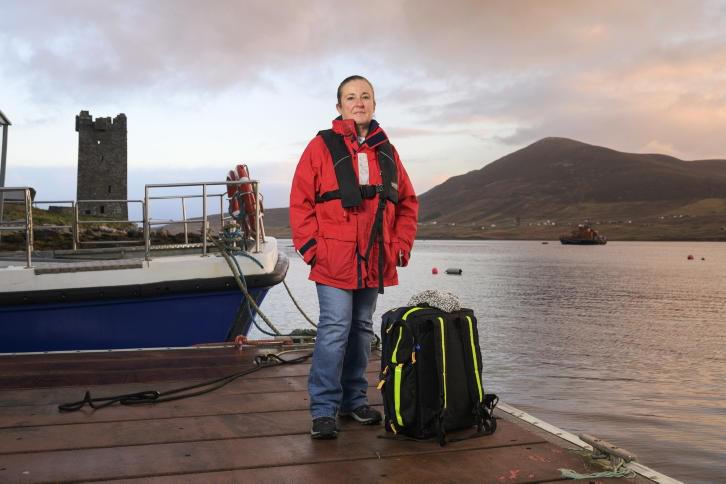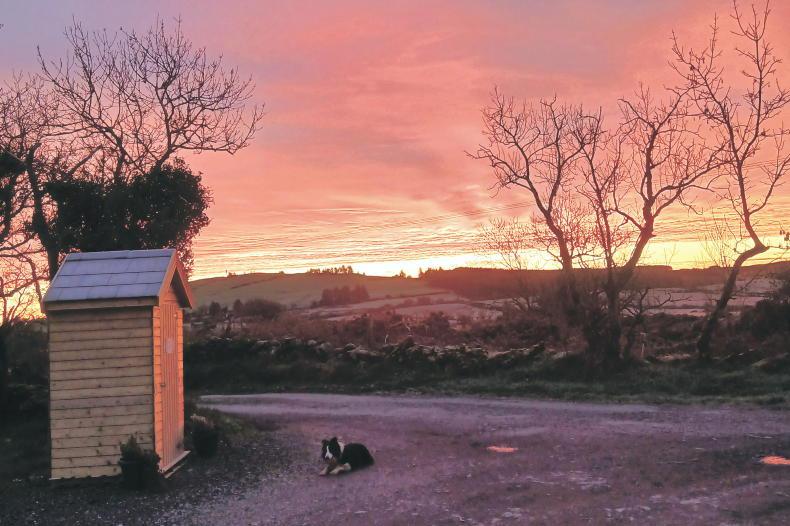RECAP
Angela has no children and her husband died 20 years ago. On his death, the 40 acres of land passed into her name. She initially farmed it, but more recently leased it out. She told me she was approached by a forestry company to see if she was interested in planting it. She said she could certainly use the extra money.
“I’m on the state pension of €235 a week, but I can’t live on that any more. There are always bills left to pay,” she said.
Angela has got the relevant information from the forestry company. However, she realised it would be a 30-year plan and she might not be around to see the trees cut down. It got her thinking should she just sell the land instead.
The three options I outlined were:
1. Plant 30 acres of land and get €5,300 tax-free for 15 years.
2. Sell the land either as forestry or to a local farmer if she can get more.
3. Continue to lease out the land.
Subsequently, David, a reader, argued that there are a lot of hidden costs in forestry. Tomás Hanrahan, a professional forester, rebuts his arguments and highlights the potential of forestry.
Reader suggestion
Dear Peter,
I would like to start by complimenting you on your weekly article. I think it highlights very important issues every week, some of which people are slow to address.
I wish to raise a concern about the quality of the information presented on 14 October 2017 – Money Trees. Angela’s situation is not uncommon, so it is great to see it highlighted and followed up with subsequent articles.
David’s advice to Angela that “forestry is no better income” is clearly inaccurate. The different incomes are clearly outlined in the table you provided. Forestry is clearly a better income than the alternatives, even though you only show an income for forestry on 30 acres. David’s opinion that she will “end up with a lot of grief” is strange and I don’t believe is a commonly held opinion. The two thinnings he mentioned generate important income for many forest owners, as well as being important management operations for the crop.
On the other side, his advice to lease the land does indeed generate much grief for many landowners in terms of finding suitable tenants who will respect the property and will actually pay. A hidden cost in long-term leases is that land will often require work, such as fencing repairs, hedge cutting or drainage, at the end of a lease to get the property up to standard before the next lease commences.
The expert advice from David is completely misleading. Point two states that “the first annual premium isn’t paid until year three or four post planting”. The first premium is paid following completion of the planting works and following approval by DAFM (Depart of Ag Food and the Marine.) From completion of planting works to first premium, payment would normally take three months. As would be expected, if documentation is not complete or the work is not to standard there will be a delay.
He raises issues about the grant application. Every single grant scheme requires an application. The reason a registered forest is required is due to the level of technical input required with a forestry application. Issues such as drainage, cultivation, species choice, soil type, aspect and exposure as well as the owner’s objectives have to be considered. There is also an ever-increasing amount of environmental restrictions to be considered. To answer his question, the costs of a forester can be reclaimed against the grant.
Number three. Road grants are prioritised for landowners who have crops nearing timber harvesting. This is because access is required with heavy equipment and lorries. At the planting stage a standard excavator is usually the largest machine required on-site. Following planting, the most common machine to access a forest is a quad. So a road is not required. In fact, it would be a waste, as it would have completely grown over by the time timber traffic would require it, necessitating complete upgrade of the road.
Furthermore, your point raised under “cons” that the property might be difficult to sell after the 15 year premiums have been paid is inaccurate. There is currently a very strong market in Ireland for semi-mature conifer plantations. There are a number of organisations and investors actively looking for quality properties. Every week the Journal carries a number of ads seeking to purchase conifer forests. Your point was correct 10 to 15 years ago, but the forest market has matured since in this country.
In terms of advice for Angela, I think she should think about where she sees herself in five to 10 years’ time. If she is going to hold onto the property indefinitely, then planting will give her a hassle-free income for the next 15 years. The land should be planted with conifers if maximising her financial return is her main objective. If selling is inevitable, then 40 acres with a house would probably be more valuable unplanted.
This advice was brought to you by a professional forester who has the fortunate experience of owning forestry land and the misfortunate experience of renting grazing land (too good to plant and waiting to resell, in case you were wondering).
Tomás Hanrahan









SHARING OPTIONS